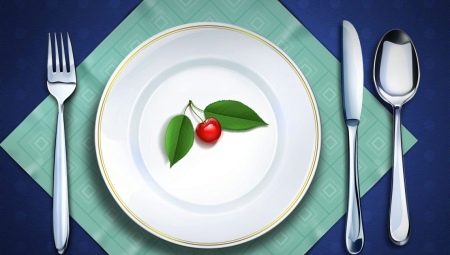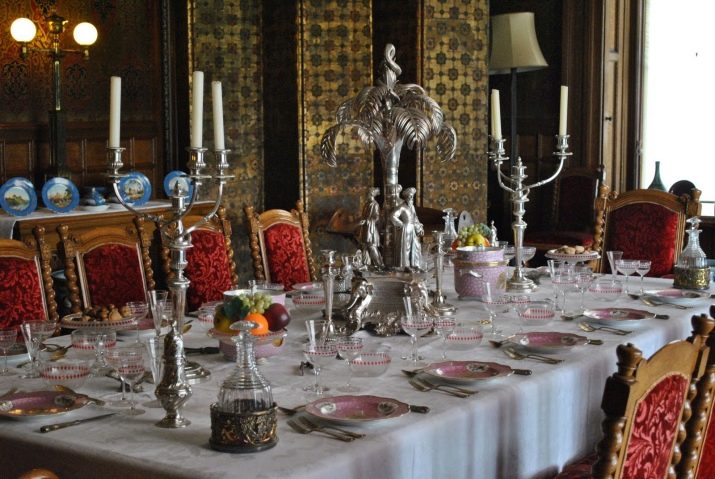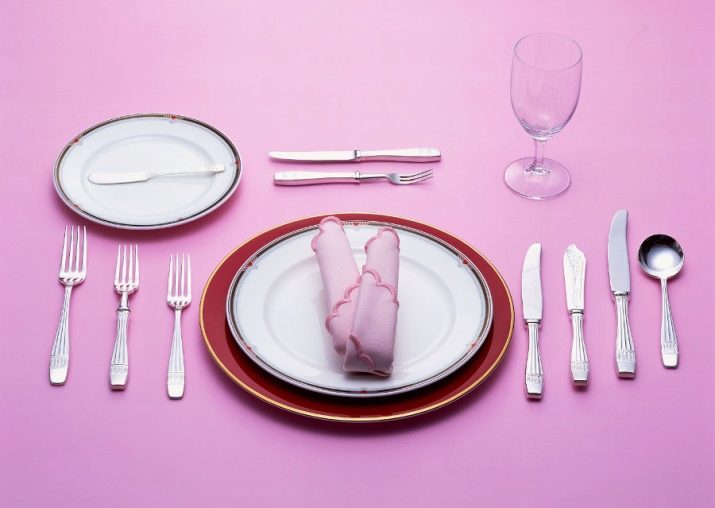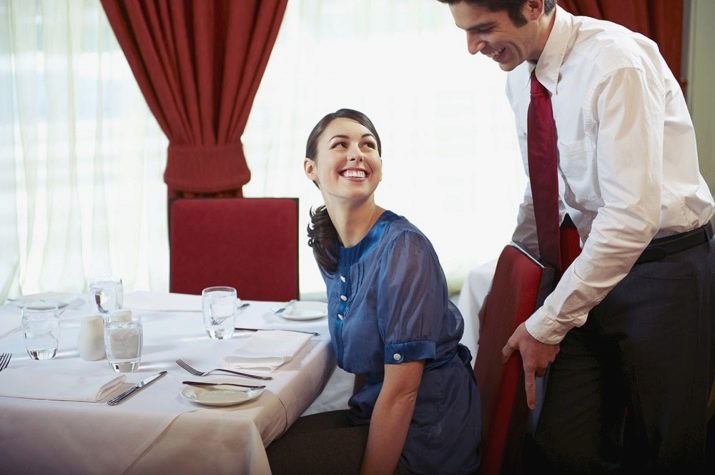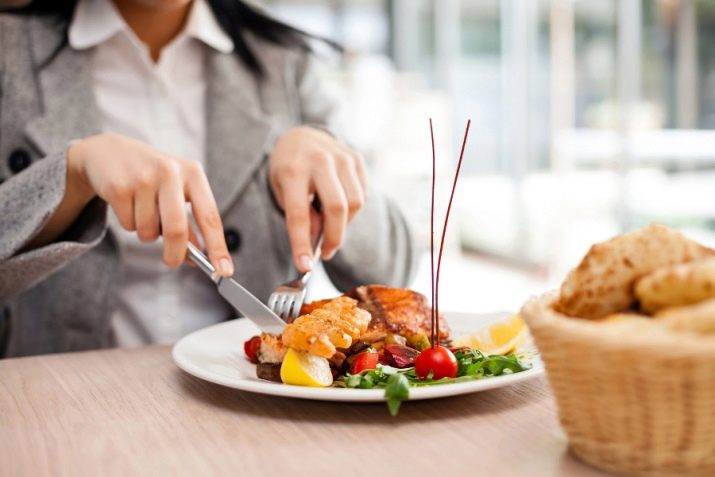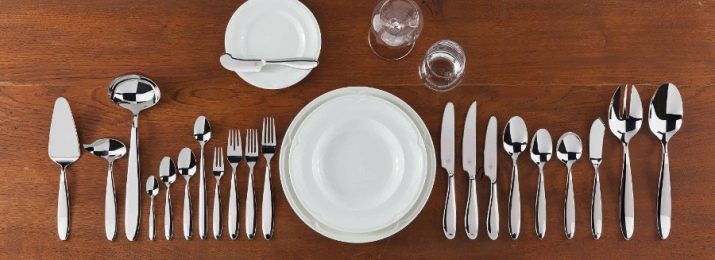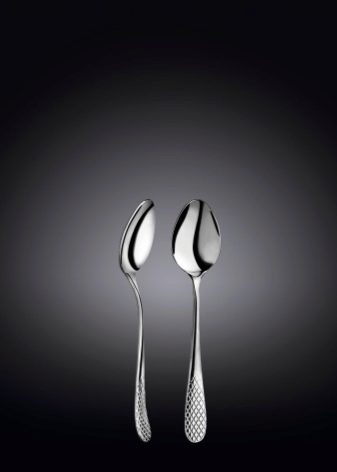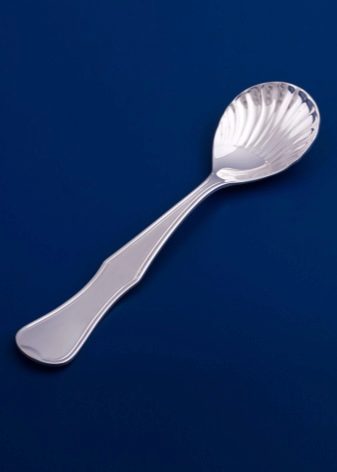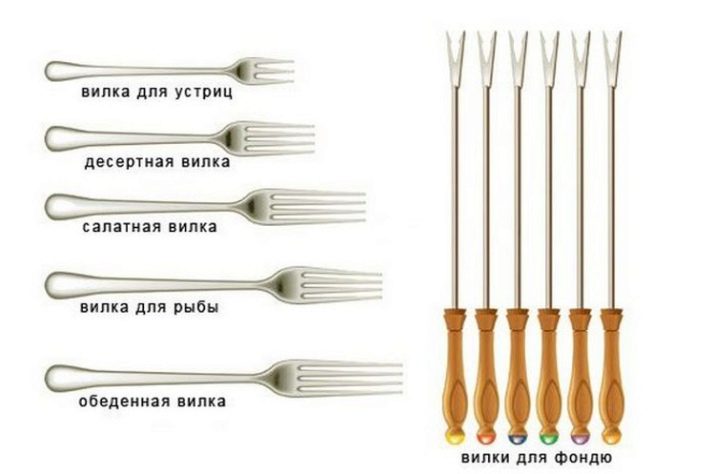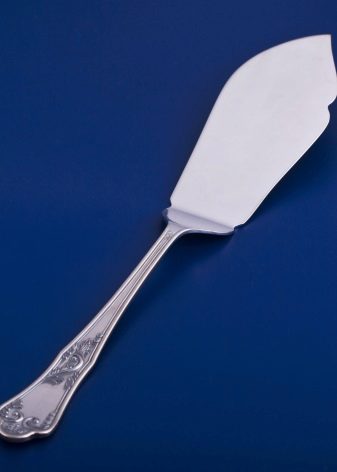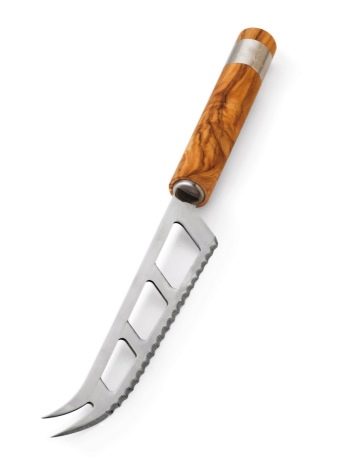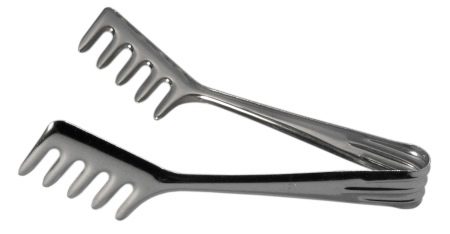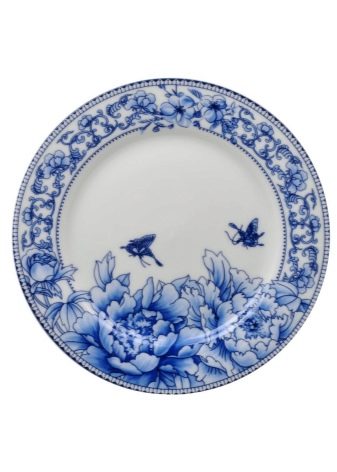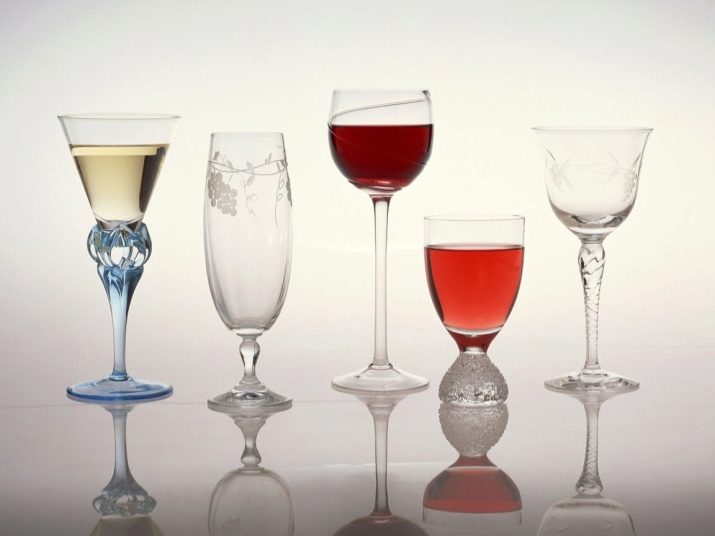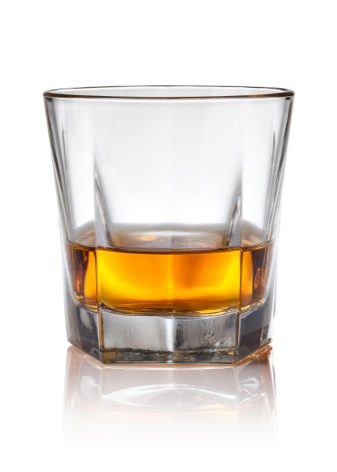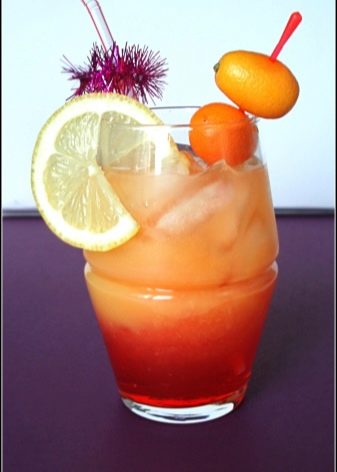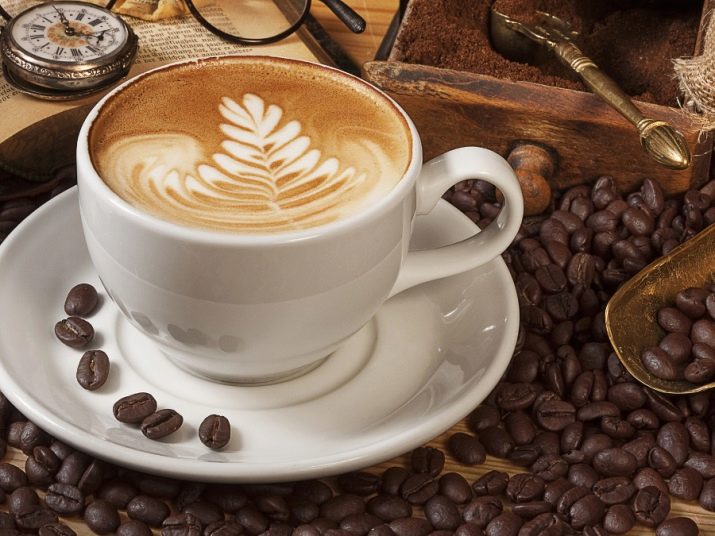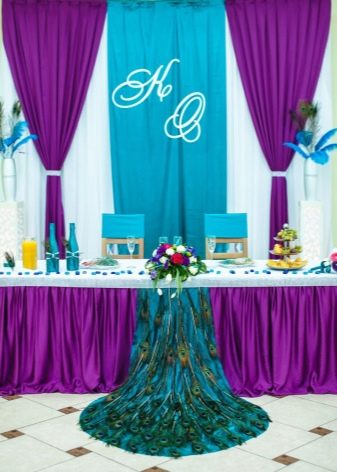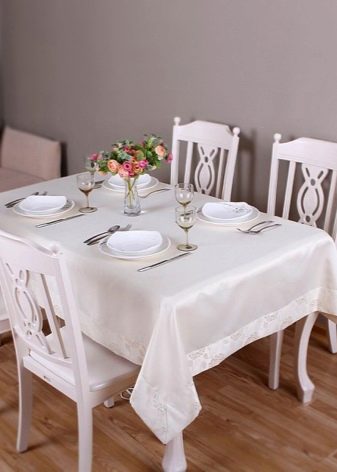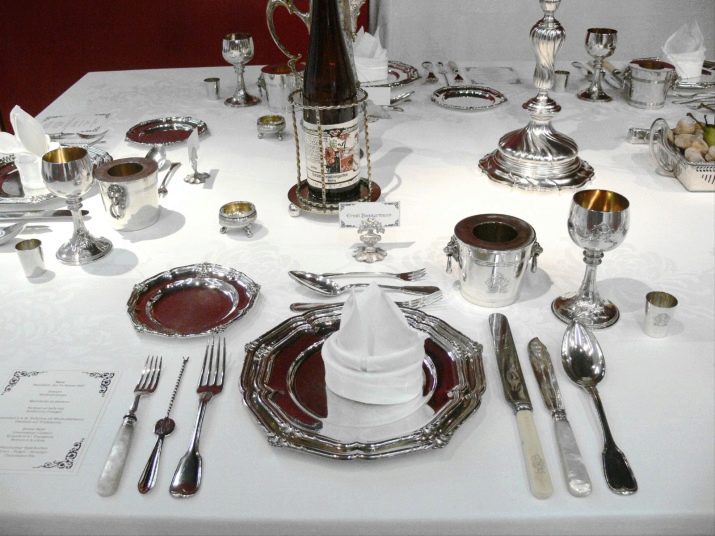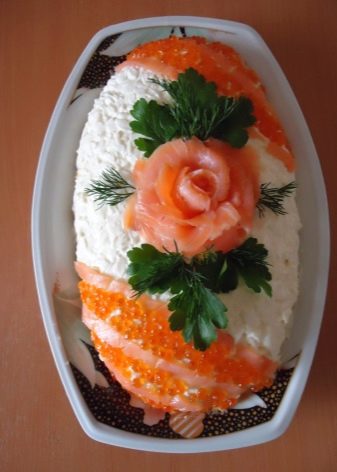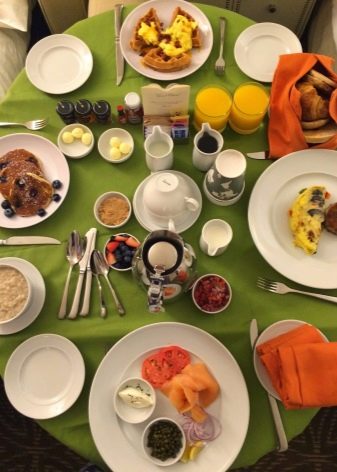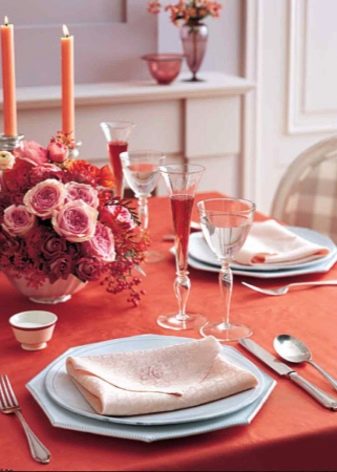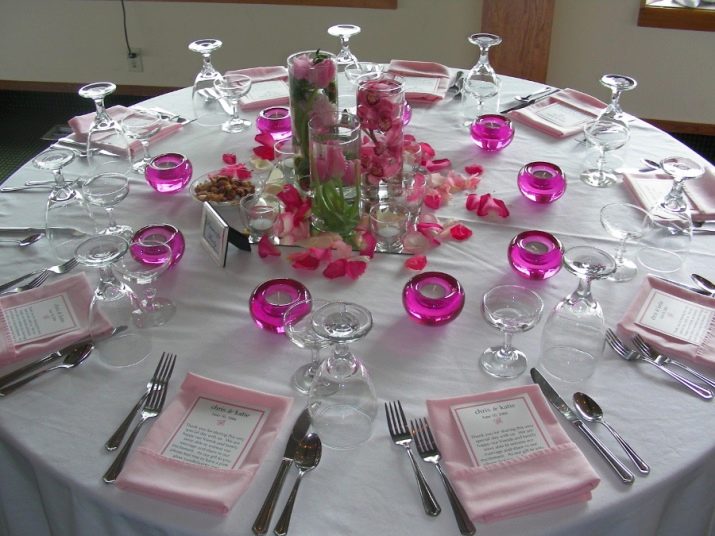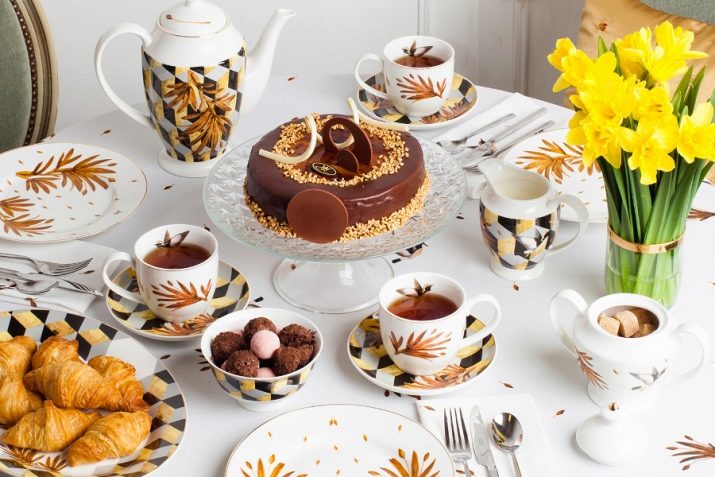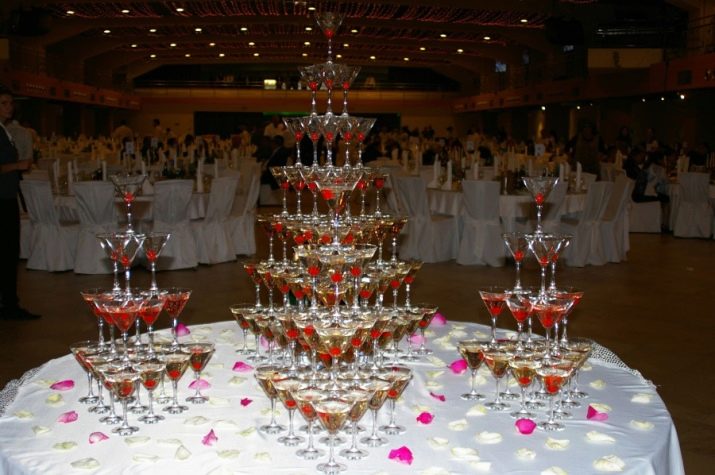Since ancient times, celebrations were accompanied by feasts, and it was then that customs and rules for serving the table began to form. Over the years, they perfected, turning into a kind of rituals. Some of them smoothly flowed into everyday life.
Introduction to table etiquette
Many table setting, shown in movies and TV shows or described in books, scares its complexity. Many devices whose purpose is not always clear. A variety of dishes, which are scary to approach, and glasses of various shapes and sizes is not clear for what drink. But everything is not as scary as it seems at first glance.
The basic rule of table etiquette is "from the edges to the center." As the dishes change, devices are used farther from the plate. The same applies to glasses and glasses, changing from left to right.
In table etiquette includes the rules of serving dishes, the order of use of cutlery, as well as the standards of behavior at the table and basic principles of courtesy. The basic rules of etiquette include:
- napkin arrangement - strictly on the knees;
- “Thank you” and “please” must be spoken both at the requests and at their fulfillment;
- slouch, sitting at the table, it is not accepted;
- the men sit down at the table after the women, having previously moved them a chair;
- being late for a festive event is regarded as disrespect:
- elbows on the table - a sign of bad manners;
- you should not start eating if your fellow dishwashers have not yet brought plates;
- the knife must be held exclusively in the right hand;
- fork and spoon - the perfect combination for long pasta;
- it is indecent to cut or bite off bakery products; they should be eaten in small pieces, broken off from the whole;
- missed device on the floor to be replaced;
- educated people chew with their mouth closed;
- to chomp in society is indecent;
- bad form - eat with a knife;
- before you pour the drink, offer it to the neighbors;
- no need to be greedy when applied from a common plate;
- on violation of table etiquette by the interlocutor, you must close your eyes;
- slightly uneaten soup is better than a tilting plate;
- Using a knife and fork, expect strength to chew immediately, without biting off;
- The cutlery laid crosswise means that you are waiting for the next dish, folded in parallel - a sign of the finished meal;
- in any awkward situation it is worth apologizing.
Appointment of dishes
As mentioned above, there may be many devices on a served table, but not all of them are there right away. To date, there are many different cutlery designed strictly for their type of dish.
It is unacceptable to use them for eating other types of dishes, and so that guests unaccustomed to complex serving are not confused by the variety of devices, they are advised to arrange them in the order of the planned serving of dishes.
The general rule applies "From the central plate to the side."
Types and purpose of spoons:
- dining room, oblong shape - for soup;
- bouillon - round, otherwise indistinguishable from the soup;
- dessert, less dining;
- tea;
- coffee - less tea;
- for ice cream - has the dimensions, like coffee, but longer;
- salad - served in a plate with salad;
- for caviar, another small spoon, resembling a shell;
- pate - a common cutlery for all guests;
- sugar owl;
- saucepan - served with sauceboat.
Plugs:
- dining room - for the main course;
- dessert;
- for spaghetti - has five teeth, facilitates the winding of pasta;
- for sprat - a common device;
- for seafood - double teeth;
- for mollusks - with three teeth, the largest of them separate the meat from the shell;
- herring - bidened fork for shifting herring from a common dish;
- salad - served in a plate with salad;
- cocotte - an elegant trident fork, used for imposing a julien;
- lemon - is used for shifting pieces;
- for olives;
- for fruit - used for sliced or small fruits.
Knives:
- table, his prerogative - main dishes;
- snack bar;
- meat - served with the dish;
- fish;
- cheese - is used only for cutting;
- oil - a common device;
- fruit - served for unpeeled fruits.
All forceps (except the last ones) are used by all the collaborators:
- for ice;
- pastry shops;
- asparagus;
- for spaghetti;
- salad dressing;
- for lobsters.
The very name of such dining items will tell the owners which tongs to put next to a salad bowl or in a bucket with ice.
Plates:
- soup - better wide and shallow;
- A bowl - narrow, of small diameter, very relevant for cream soups and broths;
- the snack bar is usually flat;
- dessert, served only for confectionery;
- fish - a common dish for all guests;
- chill - small bucket for julien;
- a bread-plate - a sign that a buffet is organized at the celebration;
- herring dish - oblong shape dish;
- egg;
- saucer - used as a stand for cups;
- socket;
- ice-cream bowl - used for jelly, mousses and ice cream.
Wine glasses and glasses:
- high under champagne;
- wine (separately for white and red varieties);
- liquor;
- cognac;
- for martini.
Glasses:
- for whiskey;
- for cocktails;
- punch;
- for juice and water.
As well as glasses for vodka and other beverages of comparable strength.
Cups:
- tea - on a saucer with the appropriate spoon;
- small cylindrical - under espresso;
- under the cappuccino;
- for glance.
As can be seen from all of the above, a lot of serving items. Do not be afraid, because the name of each speak for themselves. Devices that impose dishes from common dishes, are common.
Does color matter?
Color is always important, and their harmonious combination will help in the design. A white tablecloth is a tribute to traditions, it fits almost all the colors of the dishes. The colored dishes look favorably on a single-color tablecloth, but for a single-color set, you can choose the same type of tablecloths. Napkins should be in harmony with the tablecloth.
It may seem that the black and white version of serving is something that goes beyond, but it is not. The harmonious combination of these two colors can give a special charisma to the reception.
The combination of purple and mint (green) looks very fresh, red color gives solemnity. Silver and gold are essential attributes of a wedding. A dinner in honor of a man must be concise, with white dishes and contrasting napkins. Bright colors - the right decision for a bachelorette party.
Placement rules
Do not put on the table too many devices, better leave some space. No matter how many dish changes are planned, the required appliances and items are better to make with the new supply. In the picture below you can see an example of proper serving.
As can be seen from the image, knives and spoons are always placed to the right of the plate (except for the oyster fork). Above them - wine glasses. To the left of the plate are forks, with a pie plate over them. Dessert appliances should lie above the plate.As mentioned above, the location of devices depends on the queue of their use.
Place the napkin on a serving plate. Before serving, you need to lay it on your lap. Shared dishes must be arranged symmetrically.
Feed sequence
Putting dishes for a new dish is necessary only after the previous shift is removed. It is recommended to arrange devices at the same time.
The first served snacks - cold at first, and then hot. They are followed by the first dish (soup), after it - the second: fish, meat. Dessert is served in front of fruit, which are the conclusion of the meal.
In hors d'oeuvres and cold main dishes one should switch from fish to meat, then to vegetable and mushroom, and, finally, to milk (cheeses).
The sequence of feeding is observed in order to avoid loss of appetite and dulling the taste. Of course, everyone has the right not to eat what he does not like, especially if everything is immediately on the table.
The main thing is to remember the order of serving and do not return to the previous dish.
What to do after a meal?
If you have finished your meal, the napkin should be folded from your knees, hiding soiled parts. It should be placed on the place of your plate, but if it is occupied - to the left of it.
At the end of the meal, the devices should be put on the plate. The knife and fork are placed parallel to each other. Instrument handles should be directed to the right and down. The blade of the knife should be directed inside the plate, as the convex part of the fork.
After ingesting liquid food, the devices should be left in the plate or bowl in which the dish was served. Scolding the chef is considered bad form, and frankly lying about what you really liked. Better to highlight something that really liked.
Memo for every day
Serving the table is necessary not only for guests, it can be done every day for yourself.
Breakfast is the beginning of the day and can be spent beautifully. A plate for the main course is better to be placed in the center, in front of you. It is better to place the fork or spoon on the left and the knife on the right. You can put a teacup and saucer over the knife, and put bread over the fork.
At home, it is quite possible to dine in two dishes. Take for example soup and pasta. Under the deep plate, place the plate for the second one, which will serve as a serving dish. Bread will stand diagonally to the left, and you can put a glass of water and a cup of coffee on the right. According to tradition, the spoon and fork will be located on the right and on the left, respectively.
Dinner can be a wonderful end to a busy day. One has only to add a couple of appliances, and place the wine glasses with the wine glass. Paper napkins put on the left.
Examples of beautiful table
Options for serving the table - a huge set.
As mentioned earlier, black and white color will add solemnity and special chic. Black strips of cloth and candles are in perfect harmony with gold-plated devices. The white tablecloth has something in common with napkins and roses, and snow-colored wine glasses and plates are perfectly combined with all of the above.
A white tablecloth on a round table with soft pink napkins and flowers in a vase will be an excellent holiday decoration in the women's team. Glass candlesticks in tone to flowers and napkins, in a form echoing with glasses, fill the atmosphere with coziness.
To create a beautiful table does not necessarily invent something special. A set with unobtrusive cream painting and a bouquet of flowers standing on a white tablecloth are all you need for a small family dinner.
Turquoise wine glasses, napkins and tiny boxes with a gift are perfect for a celebration, and the flowers in the tone of the tablecloth will only lift your spirits.
The layout of the fruit is very simple - you can simply cut them into plates. However, you can create a whole installation that will become a real decoration of the holiday.
And, of course, do not forget about alcohol. Buffet tables can be arranged in a different order, forming different figures.Glasses on them are placed with a snake, a glass Christmas tree or triangles. A pyramid of wine glasses can produce a real sensation.
Creative approach can be found to everything. Dining etiquette is not so strict. You can arrange your own, unforgettable and nothing like the other banquet.
About the correct layout of cutlery can be found in the following video.
